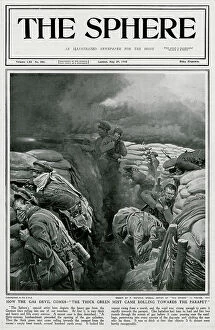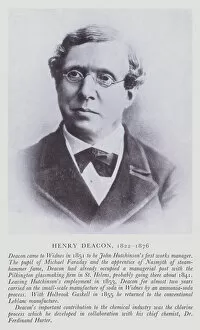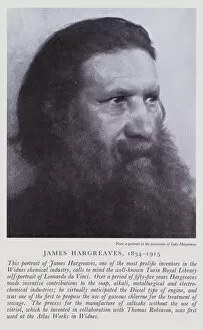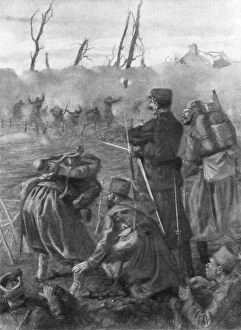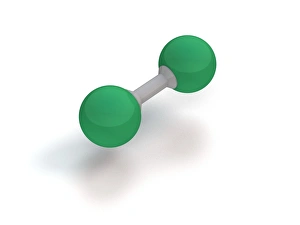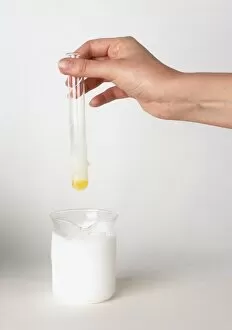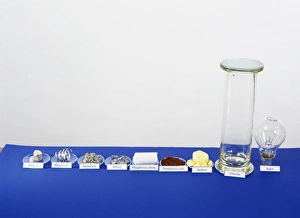Chlorine Collection
"Chlorine: From Deadly Weapon to Essential Element" In the annals of history
All Professionally Made to Order for Quick Shipping
"Chlorine: From Deadly Weapon to Essential Element" In the annals of history, it has left an indelible mark as a weapon of destruction and a catalyst for scientific breakthroughs. One haunting chapter recalls the horrors of World War I, where British soldiers fell victim to its lethal power during the gassing at Ypres. The poison gas attack in Hulluch, France, captured through an eerie aerial photograph from that era, serves as a chilling reminder of mankind's capacity for devastation. Yet amidst this darkness emerged pioneers like Henry Deacon and Claude Louis Berthollet who harnessed chlorine's potential for good. Their contributions paved the way for advancements in various fields. James Hargreaves' black-and-white portrait reminds us of his role in revolutionizing textile production with his spinning jenny invention. An intriguing engraving depicts an experiment showcasing arsenic's affinity with chlorine, highlighting how these elements can combine to form compounds vital to medicine and industry alike. This revelation led to further exploration into generating chlorine itself – depicted vividly in another engraving – unlocking its potential applications beyond warfare. Ferdinand Hurter's somber photograph stands as a testament to those who risked their lives while studying this volatile substance. Meanwhile, James Hyatt inhaling chlorine gas captures a moment frozen in time when experimentation knew no bounds. As we delve deeper into history, we witness the evolution of our understanding and utilization of chlorine. A wood engraving published in 1880 showcases the preparation water - revealing its significance as a disinfectant and purifying agent long before it became commonplace. Finally, Lucien Jonas' poignant artwork transports us back to the Second Battle of Ypres in Belgium during 1915 - depicting yet another horrifying chlorinated assault on humanity but also reminding us how far we have come since then.

